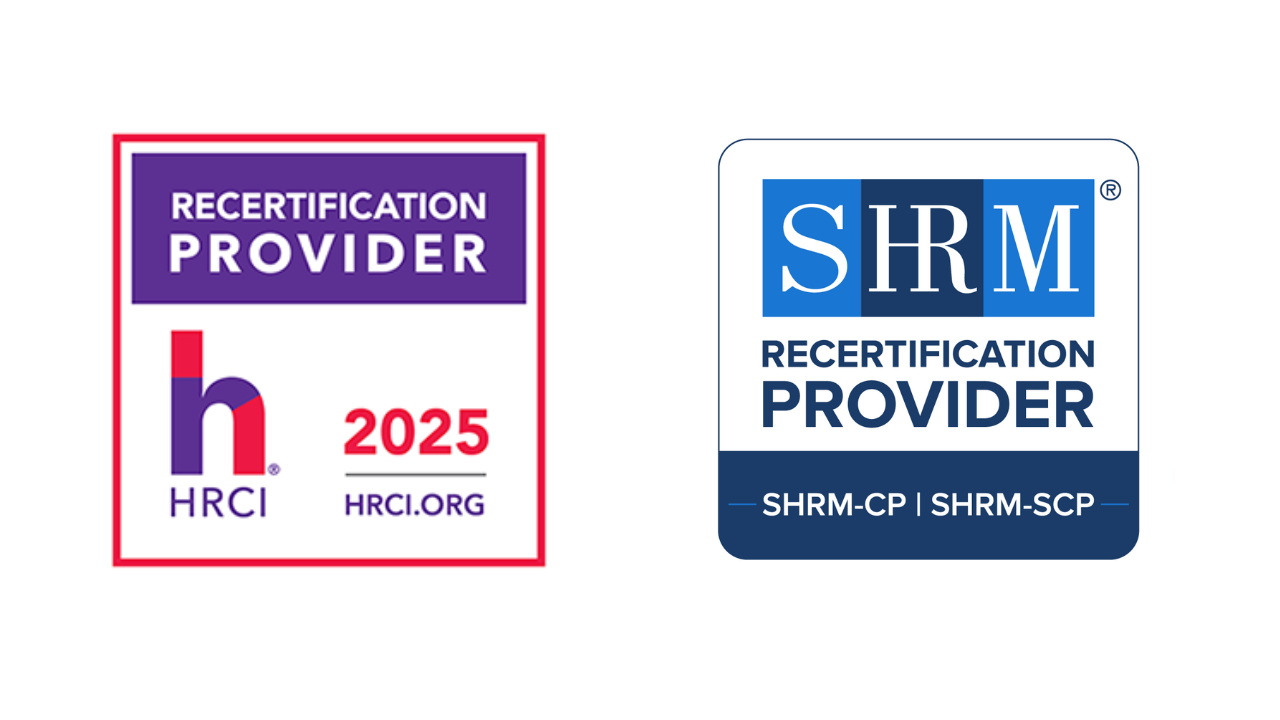How to Communicate Expectations to Your Team Members as a Manager
Oct 02, 2025If someone on your team isn’t doing what you (or others) expect, make sure you pause to consider: do they actually know what’s expected?
In our recent Manager Method Benchmarking Webinar, we asked the HR leaders in attendance if their organizations had documented expectations of managers. Only 20% of attendees said yes. And if managers don't have them, chances are that team members don't, either.
And "expectations" are more than a generic job description. They’re the conversation about what’s needed, how a team member will actually do it and what support they'll have along the way. That’s why we created a simple Expectations Alignment Guide that managers can walk through with your team members. In the video (and below), I break down each part of the Guide — why it matters and what it looks like in action.
When expectations aren’t clear, team members spend unnecessary time and energy guessing, hesitating or focusing on the wrong things. That impact isn't limited to one person — it spreads to others across the team and the organization, and ultimately affects those you serve, whether that’s customers, clients or patients who feel the delays and mistakes.
That’s why it’s important to make each of these areas clear — and here’s how you can do it.
Workload & Priorities
Why it matters:
When people don’t know what to focus on, they either try to do everything or default to whatever’s the most recent request. That leads to burnout, missed deadlines and frustrated customers and team members. Clear priorities help team members know where to put their time so they’re moving the needle on what actually matters.
Example:
- General expectation: Handle your responsibilities and focus on what matters most.
- Role-specific: As our office coordinator, that means prioritizing scheduling and patient check-ins before tackling supply orders.
Results & Accountability
Why it matters:
Without an understanding of what to do and when, "accountability" can feel like a moving target. Team members may think they’re doing great because you said it "wasn't urgent," while you’re frustrated because you didn't need it that day... but you did expect it would be done by now. Laying out what “follow-through” means prevents misalignment and ensures people deliver both internally and externally.
Example:
- General expectation: Meet goals with quality and timeliness, and follow through.
- Role-specific: As our project manager, that means updating the project tracker by end of each day so stakeholders always know the status and next steps.
Decision-Making & Asking for Help
Why it matters:
If someone isn’t sure whether they’re “allowed” to make a decision, that's lost energy - for them, for you, and likely for plenty of others waiting on an answer. Clear decision-making boundaries give people confidence and save time.
Example:
- General expectation: Know what you can decide on your own and when to ask for help.
- Role-specific: As that project manager responsible for the tracker, that means proactively choosing and training one or two others on the team how to update it, so when you’re out, they can step in — instead of you trying to train them once you're already out.
Communication & Response Times
Why it matters:
Communication breakdowns cause frustration inside the team - and create ripple effects for others when information falls through the cracks. Setting clear expectations for response times and communication methods keeps work moving and customers supported.
Example:
- General expectation: Communicate clearly and within agreed-upon timeframes.
- Role-specific: As customer support, that means keeping hold times short and checking in if the hold takes more than three minutes, so the customer feels cared for instead of forgotten.
Working with Others
Why it matters:
When collaboration expectations aren’t clear, you end up with dropped balls, duplicated work or tension between team members. Creating clear expectations here ensures people know how to show up for each other and keeps the whole system running smoothly.
Example:
- General expectation: Collaborate and contribute to the team’s and organization’s success.
- Role-specific: For our academic advisors, that means helping cover student appointments when another advisor’s schedule is overloaded - and making sure they know you're doing it.
Learning & Development
Why it matters:
Without clarity around growth, team members may feel stuck — or assume their development isn’t a priority. Setting expectations for learning shows that growth is part of the job (not just a nice-to-have), and ensures you're building a bench, for your team and the overall organization.
Example:
- General expectation: Continue learning, building skills and growing in the organization.
- Role-specific: For our lab technician, that means once you’ve mastered the new safety protocols, you’ll run a short training session to ensure the rest of the team is up to speed.
Why This Tools Helps Team Members — And You
Clear expectations don’t just make your life easier as a manager (though they do!). They help your team do their jobs better and actually enjoy them more. And that benefit doesn’t stop with your team — it shapes the experience of the people your organization serves - whether that's customers, clients, patients or others.
And because you're reading this, you can grab the Expectations Alignment Guide I walked through in the video. You can use it as-is, or turn it into a Google Doc or shared file so you can revisit it together and keep it updated.
These types of tools are part of the full suite of resources we offer at Manager Method, from courses to ongoing support. Through our Manager Resource Library, HR leaders get new tools each month to distribute to their managers. This month, our organizations will not only get this document, but an additional page of talking points and practical tips for managers to make the conversations stick. If you’re looking for this level of support, head to managermethod.com/hr to set up a call.








